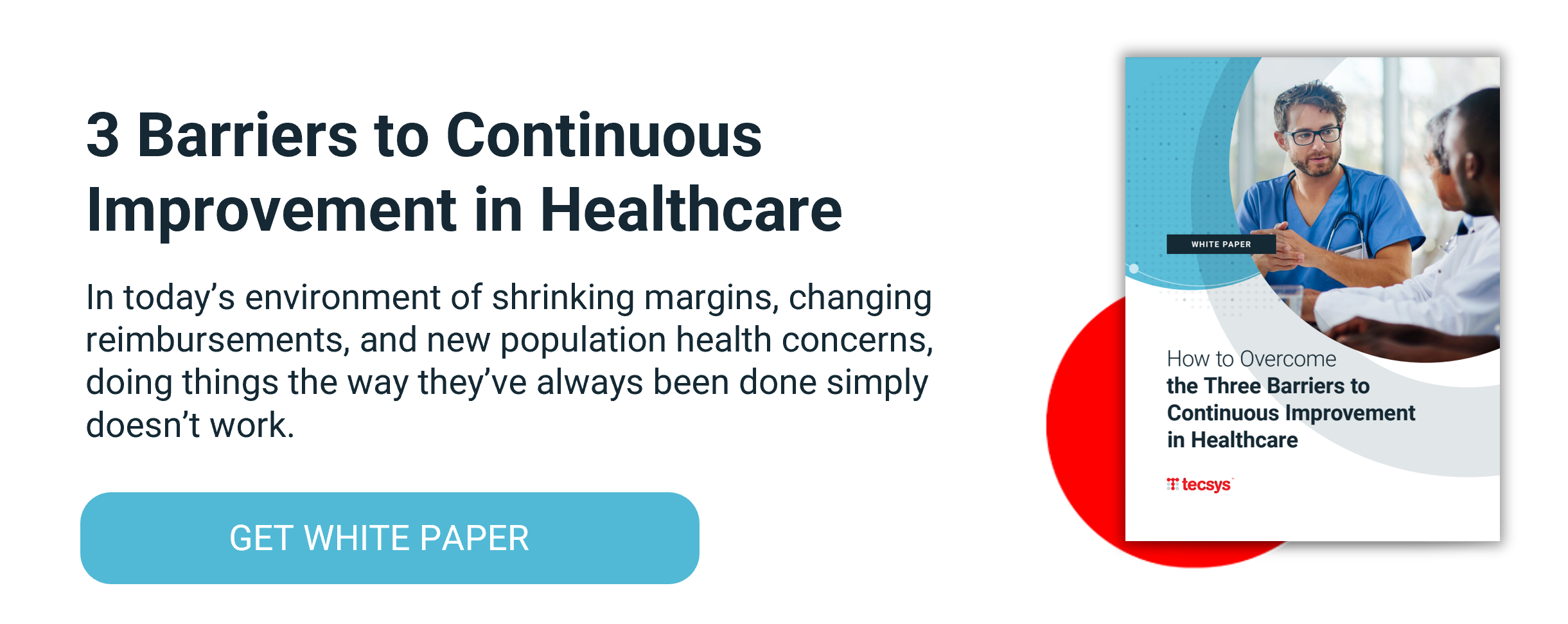Key Findings: Healthcare Supply Chain Trends at AHRMM 2022

It was great to be part of the AHRMM22 Conference & Exhibition in Anaheim, California last week and connect with other members of the healthcare supply chain community. Attendance was high and the dialogue was engaging as everyone welcomed the opportunity to meet in person to discuss the challenges and opportunities facing our industry.
Throughout the many educational sessions, two major healthcare supply chain trends emerged: 1. Supply chain must continue to grow the level of clinician support in patient care delivery and 2. We need actionable metrics to overcome weaknesses.
Objective: Clinician and Patient Support
The overarching healthcare supply chain trend of the conference was supply chain’s role in supporting clinicians and patient care delivery. Much work has been done to advance the concept of a clinically integrated supply chain where supply chain and clinical teams share knowledge and data with the aim of delivering consistent, effective and value-based patient care (high quality, low costs).
But conference attendees agreed that the COVID-19 pandemic revealed significant gaps in supply chain’s support of clinical care, evidenced by wide-spread supply disruptions. In many cases, the pandemic didn’t cause the root problems, rather it put enough pressure on the healthcare delivery system to bring them to the surface.
Strategy: Identify and Strengthen the Weak Links
So how do we make supply chains more resilient no matter the healthcare environment, whether it is business as usual or the next unexpected emergency situation? We need to identify the weak links — both those exposed by COVID and others still silently generating costs, wastes and risks.
To do so, we need actionable metrics. There was much discussion around what should and should not be measured. If supply chain’s goal is to support clinicians and patients, why waste resources measuring variables that have no impact on patient care delivery?
Conference attendees voiced the need for a set of standard healthcare supply chain key performance indicators (KPIs) to measure performance in meeting their goal. Michael Schiller, senior director of supply chain for AHRMM, facilitated a session on the AHRMM Keys for Supply Chain Excellence, which are a set of KPIs intended to “set the standard for supply chain management in the healthcare field.”
The KPIs are categorized into six areas, including resiliency and patient safety. Under resiliency are KPIs for supply chain to measure internal fill rates, along with ones to measure distributor fill and backorder rates, all of which link back to how supply chain is taking care of its customers — the clinicians.
Notable KPIs under patient safety are related to expired products and recall management. This brought the discussion of healthcare supply chain trends around to unique device identifiers (UDI) and how they play into clinical support. Those in attendance acknowledged the value of UDIs in improving patient safety by enabling item-level tracking from manufacturing, through distribution and down to the point of use (POU).
This raised the issue of UDI adoption — why hasn’t the healthcare supply chain broadly adopted UDIs? What is it about the UDI that makes it so hard for healthcare organizations to adopt? If we as an industry want to garner value from the UDI rule, we need to uncover and address the hurdles or roadblocks to implementation.
Result: Resiliency Requires a Holistic Approach
It is clear from the healthcare supply chain trends at AHRMM22 that supply chain leaders are prioritizing clinician and patient support in their efforts to build resiliency. Rather than waiting for a supply disruption at the patient’s bedside — a clinician reaching for an item that isn’t there or using an item that is expired or recalled — they are applying solutions upstream, all the way through to receiving that will ensure supply availability and protect patient safety.
With an electronic, integrated, end-to-end supply chain management (SCM) platform, supply chains can capture data that impacts patient safety, including the UDI, and have it flow all the way through to the point of use so clinicians have the information they need to make real-time care decisions.
With real-time metrics on supply status at their fingertips, they can measure what matters and target resources where they will have the greatest impact on care delivery from a cost, quality and outcomes perspective. And in the spirit of a clinically integrated supply chain, they can share insights with clinicians to help them make value-based product and usage decisions.




